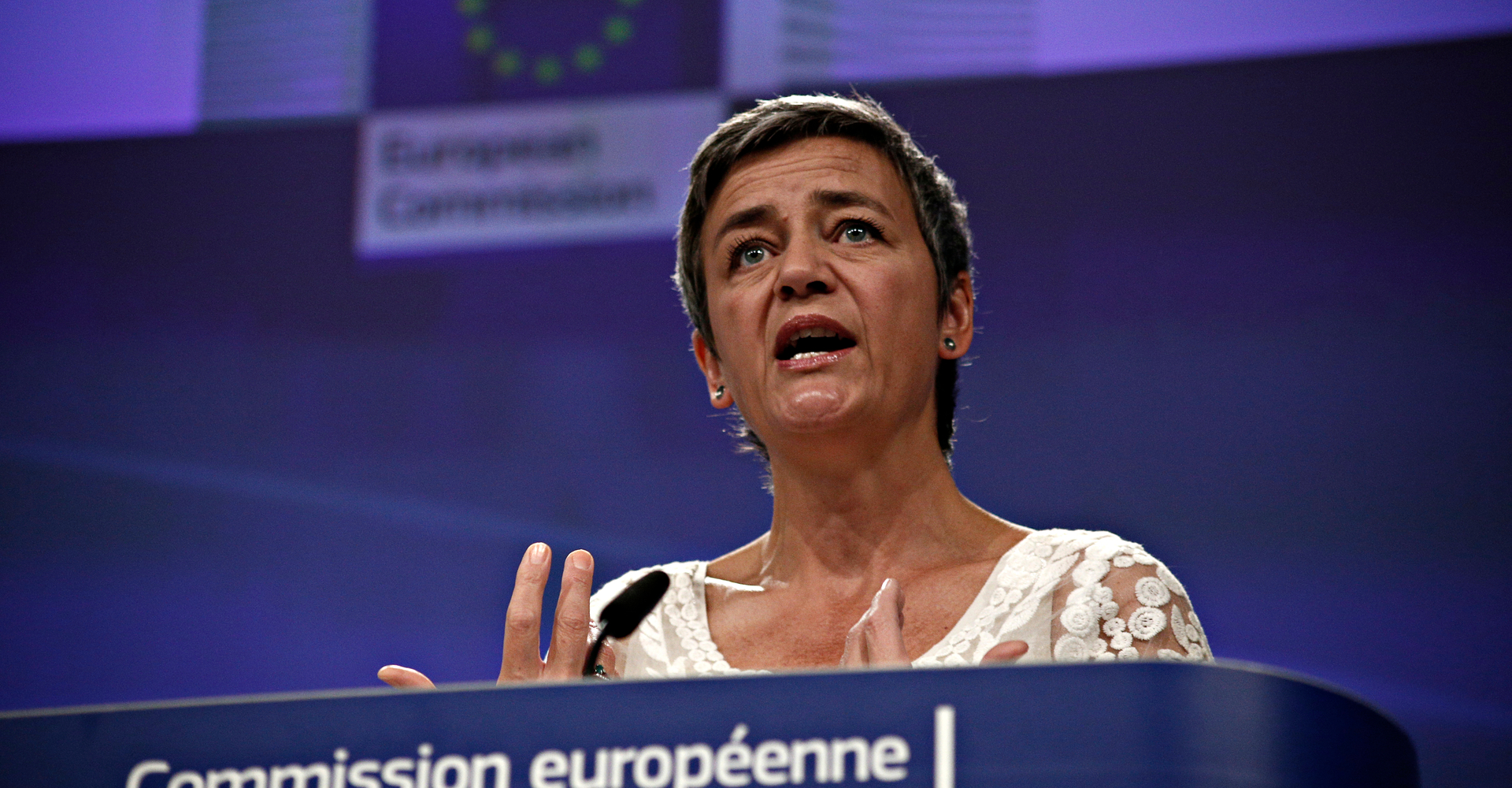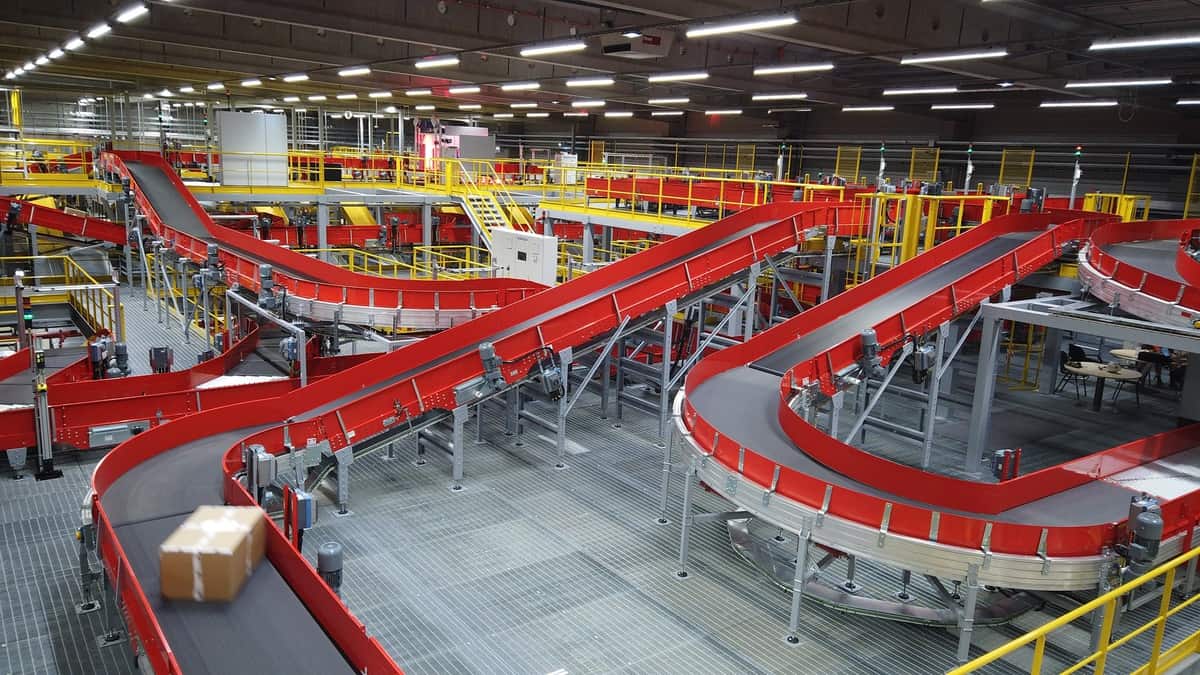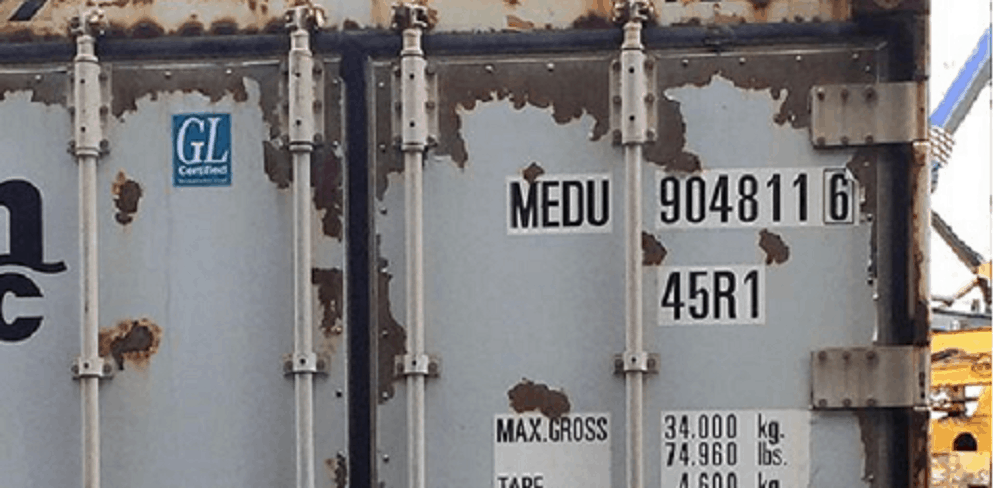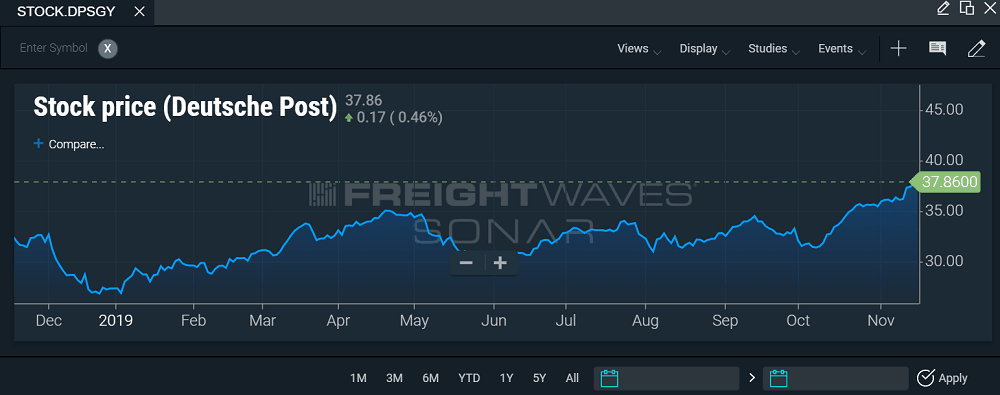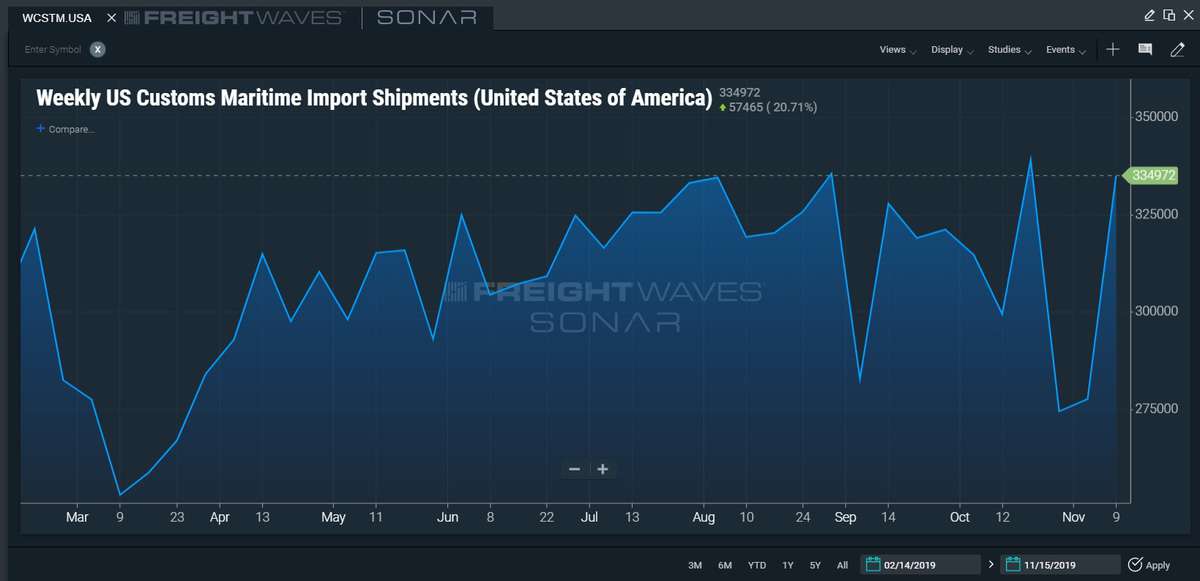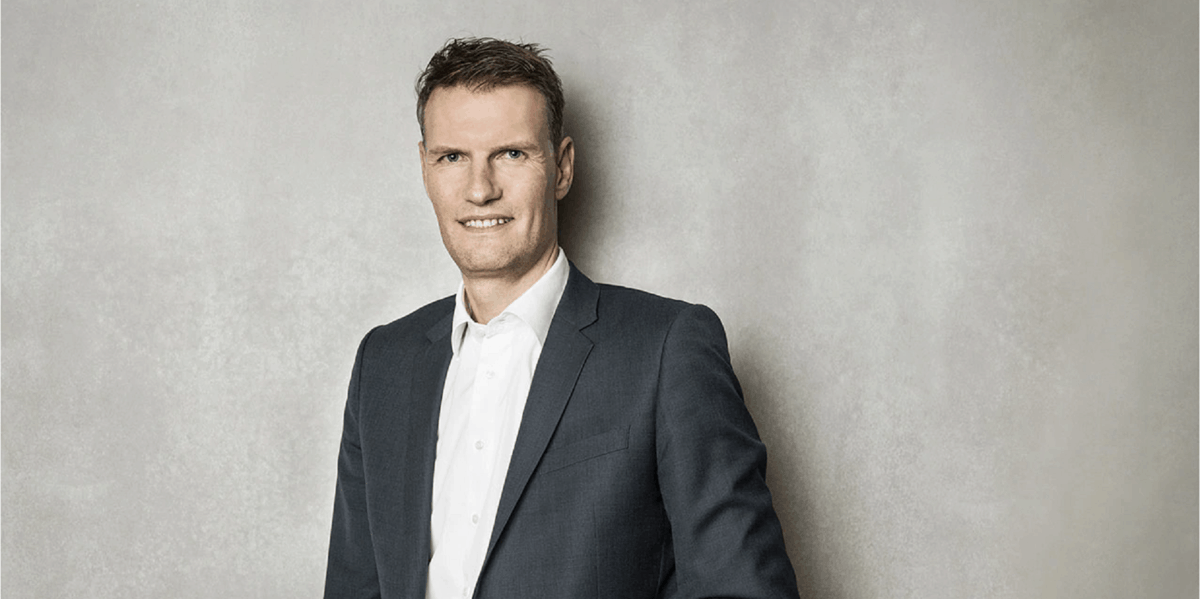
The European Commission (EC) has concluded that container shipping’s consortia block exemption regulation (BER) does not damage competition and should be extended for an additional four years.
The Consortia Block Exemption Regulation, the de facto legislation covering liner alliances and vessel-sharing agreements (VSAs) on container trades to and from Europe, was set to expire April 25, 2020.
However, the EU said Nov. 20 that, subject to a four-week “feedback period” running until Dec. 18, it favored extending BER for four years.
“EU rules normally prevent companies from working together in a way that might restrict competition, but companies shipping cargo by sea have been granted an exemption from this ban as they often need to work together to make their operations more financially viable and efficient,” said the EC decision.
“The EU is proposing to extend the regulation granting the exemption by another four years from when it expires in April 2020.”
Adoption of the new rules is planned for the first quarter of next year.
Shipper groups had been pushing for an end to BER, calling for more operational and pricing transparency from lines and claiming the block exemption offered no benefits to cargo owners.
However, after a lengthy consultation period running from Sept. 27 to Dec. 21, 2018, and after considering the input of numerous stakeholders including “carriers, shippers, logistic companies, freight-forwarding companies, port authorities and port service providers,” the EC’s competition directorate concluded that the BER “should be prolonged.”
A number of leading container lines and the World Shipping Council were contacted by FreightWaves for comment, but no responses were received by the time this article was published.
The commission had earlier found that liner shipping services, consisting of the provision of regular, scheduled maritime cargo transport on a specific route, require significant levels of investment and are therefore regularly provided by several shipping companies cooperating in consortia agreements.
“Consortia can lead to economies of scale and better utilization of the space of the vessels,” said the EC’s decision.
“A fair share of the benefits resulting from these efficiencies can be passed on to users of the shipping services in terms of better coverage of ports — improvement in the frequency of sailings and port calls — and better services (an improvement in scheduling, better or personalized services through the use of more modern vessels, equipment and port facilities).”
The EC decision had been expected earlier this year, but the appointment of European Commissioner for Competition Margrethe Vestager for a second term in September has brought renewed energy to the competition directorate.
The antitrust chief is certainly not shy of controversy or taking on high-profile adversaries in defense of fair competition. She has handed fines totaling €10 billion ($11.1 billion) to Google and Qualcomm after court rulings determined they had thwarted rivals.
This prompted President Trump to call her Europe’s “tax lady” who “hates the U.S.” earlier this year.
Vestager responded: “I’ve done my own fact-checking on the first part of that sentence, and I do work with tax and I am a woman, so this is 100% correct.
“But the second half of the sentence is not correct. I very much like the U.S.”
More articles by Mike

